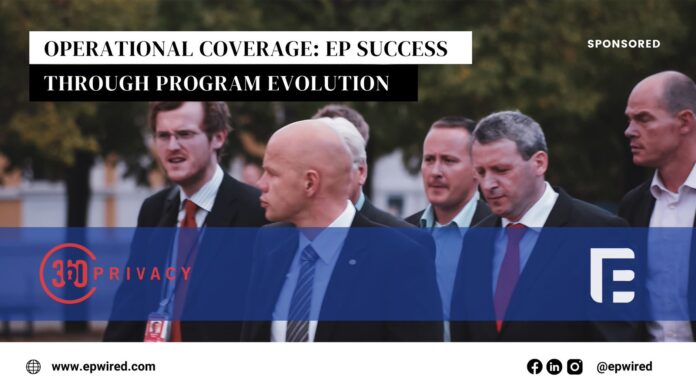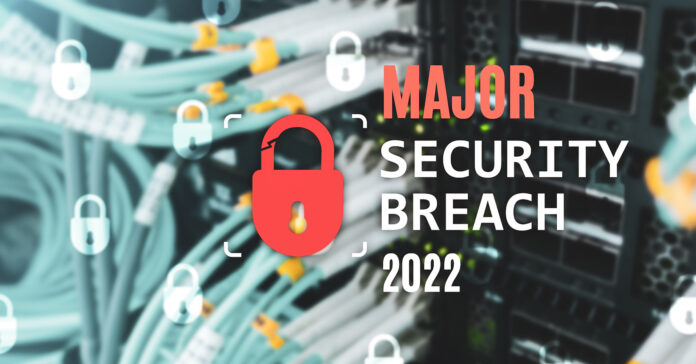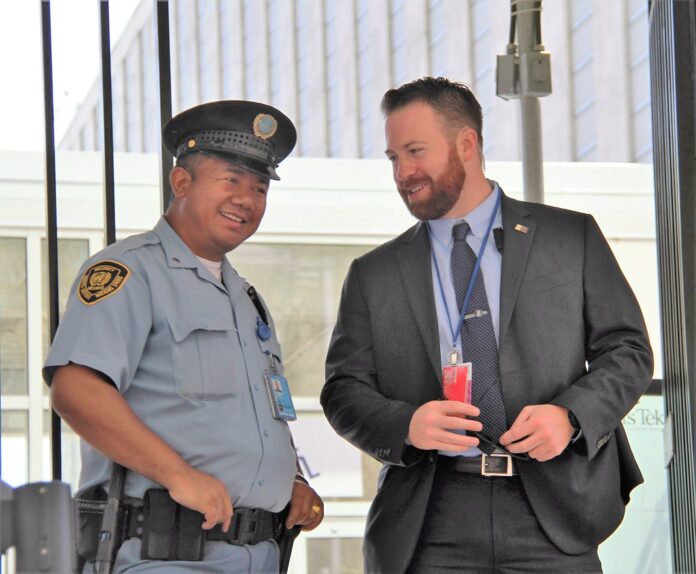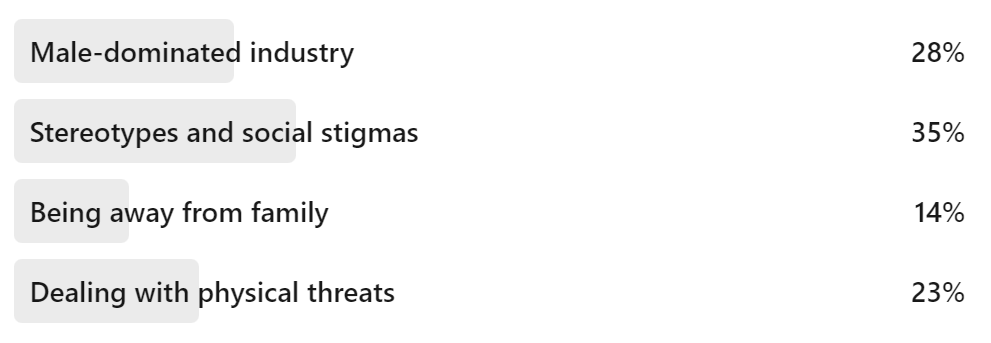Recently I found myself looking back on the past 17 years in the ever-changing industry that I truly love: executive protection. For those of us who find ourselves in this space for any length of time, we know it’s our true calling. Because the reality is there is nothing glamorous about what we do in serving others. From advance planning to operational coverage and expense reports, it is genuinely a taxing field nonetheless.
For the most part, what we do in this industry includes things like the extremely long hours put into:
- Training,
- Mental and physical strengthening,
- Daily activity reports, and so forth.
Often, and thankfully so, a well-employed, risk-based strategy will never be tested because you present as a target that is virtually impossible to reach.
Some key factors attributed to my success revolve around:
- Maintaining solid relationships,
- Welcoming outside-of-the-box solutions,
- Adapting to the continually evolving industry, like tactics, technology, culture, and
- Realizing that diversity in the team environment is paramount.
Diversity of race, gender, life experiences, and thought all contribute to a team that can confidently face any challenge. The only thing that thrives in an echo chamber is failure.
In the following text, I offer some strategies I have employed over the years that have led to wins — not really for myself — but more importantly for those who I was protecting.
Note: These are my personal opinions and strategies derived from situations that have worked for me. My advice is obviously worth what you are paying for it.
Comprehensive Approach to Protection
Being a good steward of resources, time, and money is a part of what we, as protectors, are held accountable for. This is why we must rely on a thorough risk, threat, and vulnerability assessment from a vetted and unbiased provider. This tool guides us in outlining a risk-based mitigation and operational strategy in the performance of our duties.
We are indeed creatures of habit and will often resort back to what we have done on other details or a methodology we feel inherently comfortable with.
If you follow that strategy, I will politely warn you of the danger that may befall your team or organization. Ensuring that we are accounting for identified risk — as well as the principal’s wants and needs, and finding a happy balance between the three — is so very important for success.
In the protection sphere, we cannot be successful alone. We must ensure that we are developing and maintaining relationships with others trying to accomplish the same task of serving the principal(s) in a different vertical.
These relationships must or should include the following:
- Residential security,
- Protective intelligence,
- Security operations center,
- Medical director (if applicable),
- Estate management,
- Legal, and
- Executive and personal assistants.
I’ve always considered all these partners true force multipliers and/or guiding stars.

Residential Security Team and Operational Coverage
The residential security team plays such a large part in what we do to safeguard the principal or principal family. They are so much more than access control, monitoring cameras, and engaging unwanted visitors to the residence.
They are a conduit of information regarding the evolution of the principal’s habits and managing relationships with household staff. In fact, they are the primary in after-hours response/operations.
Therefore, they should be held in high regard and truly made to feel like their roles have a meaningful impact because they do.
Protective Intelligence
The protective intelligence team is a fantastic resource that teams should leverage whenever possible to ensure operational coverage. Ongoing risk scorecards that compare to an external RTVA, travel assessments, due diligence for vendors, contractors, and new employees, POI/BOLO management and briefings, etc.
Personally, I prefer to parse out intelligence in two separate yet dependent verticals — tactical and strategic. This partnership is critical to truly employing a relevant, risk-based approach in all that we do.
- Tactical intelligence is the real-time impact on operational coverage… turn left instead of right.
- Strategic intelligence allows you to change the what, how, and why over time in a meaningful way. Big picture, long-term planning, and strategy.
Security Operations Center with Operational Coverage
The glue that holds all together! The SOC is the one constant you should always be able to count on. Whether you manage the flow of information, track real-time movements, or help to plan a hasty advance for an unplanned movement.
Take time to develop relationships with the operator on the other side of the phone or chat thread. The reason is that they play a big part in the program’s overall success and operational coverage — whether we want to admit it or not.
Medical Director
Does the principal have an underlying medical issue? Do they rely on specific medications? Do you often travel to semi-permissive, non-permissive, or remote environments in pursuit of supporting a family foundation? Does your principal participate in high-risk activities?
Suppose any of these apply to your organization. In that case, a medical director and team medics play a critical role in ensuring that:
- You have a well-stocked kit appropriate to the environment/activity,
- All the medic credentials are up to date,
- TCCC/TECC training for the team is done regularly, and
- Comprehensive treatment and evacuation plan is in place.
Estate Management
Fostering a meaningful relationship with the estate manager is critical in EP and the ensuing operational coverage. Likewise, their relationship with the principal can be beneficial. This is especially true when it comes to aligning on a security posture at the residence, e.g.:
- Appetite for vendor escorts,
- How and when the security system is armed,
- Response procedures,
- Getting guests on and off property,
- Luggage and packing for travel,
- Camera placement and views, etc.
All these things can be a real challenge to manage without the estate manager’s support. Hence, ensure that they understand you and your team are there to support their efforts in making the principal’s life as safe and seamless as possible.
Additionally, please remember to check your ego at the door. These folks are typically highly functioning humans with little to no time to mince words.
Legal
The legal team is the guiding star — or ‘True North’ if you will. There are several ways that the legal team can shape your program. For example, they can help
- Define your left and right parameters operationally,
- Navigate how/when/if to pursue a POI/BOLO for their actions,
- Drive a board-mandated security operational coverage, etc.
Additionally, the legal team has been tremendously valuable to me in the past when it comes to identifying what is reportable vs. non-reportable spending when presenting program costs to the Executive Compensation Committee for the earnings report and SEC filing.

Executive and Personal Assistants
The ‘gatekeepers’ to all information! I have found that having an open dialogue with the executive assistant and the personal assistant is invaluable. Thus, here are a few examples of the support they need from our team on the ground:
- Helping to ensure that the principal is where they are supposed to be when they are supposed to be there,
- Assisting in managing food/beverages on the go, materials they may need for meetings/presentations, and
- Managing travel, lodging, restaurant reservations.
If you allow your success to be theirs, you will win their trust and cooperation. This comes in handy, as they are typically the first to know about staffing changes, travel, work, family functions, and so on.
Having this information before it is published can be a game changer when trying to account for the appropriate operational coverage and managing logistics.
Leveraging Technology: It’s the Future
Technology is a rabbit hole that we can disappear down in short order. So, with that, I’ll concentrate on a tool I have used in my previous roles. The first, managing the executive protection and residential security across several estates of a UHNW family based in Silicon Valley. Second and most recent role as the Director of Protective Services at Robinhood, responsible for the entire ELT.
All risks that we mitigate against, whether it’s a reputational attack, formulation of a physical attack, or just plain fraud, begins in the digital landscape. Again, this is driven by the value attached to our data or PII (Personally Identifiable Information), living in a digital age.
If the product is free, then you are the product… plain and simple. Social media accounts, gym memberships, food apps, shopper rewards programs, vehicle purchases — all these relationships end with your data being compromised.
This isn’t a problem that is unique to us ordinary folk. In fact, this impacts the high-net-worth and ultra-high-net-worth space as well. It means that residential addresses, email addresses, phone numbers, SSN, EIN, VIN, LLC registry numbers, family members, neighbors, and even Amazon Wishlist are for consumption.
A New Era
Therefore, 360 Privacy ‘Digital Executive Protection’ was born. Digital Executive Protection is a critical component against today’s digital threat environment, featuring the most comprehensive digital footprint reduction program coupled with deep reach online threat monitoring, all delivered with an authentic white-glove experience.
360 Privacy’s in-house Security Operations Center (SOC) enumerates and analyzes the internet for:
- personal information removal,
- online threats, and
- password leaks.
Reducing available PII on the internet sets a strong foundation against digital threats, making digital targeting more difficult and time-consuming. Adding active real-time monitoring takes the protection to the next level.
The 360 Privacy SOC has combined datasets and feeds that reach the corners of the open, deep, and dark web, crossing languages and criminal online exchanges.
This effectively takes the people we protect off the digital battlefield.
This article is sponsored by:
360 Privacy
360 Privacy’s mission is to protect the digital identity and reputation of high-profile executives, athletes and high net-worth families. Digital identity is at the intersection of physical security, cyber, fraud prevention, and reputation. Powered by proprietary technology and an expert team, 360 Privacy correlates, analyzes and deletes data daily to protect your digital identity, keeping it out of the hands of sophisticated threat actors, fraudsters, and other criminals.



















